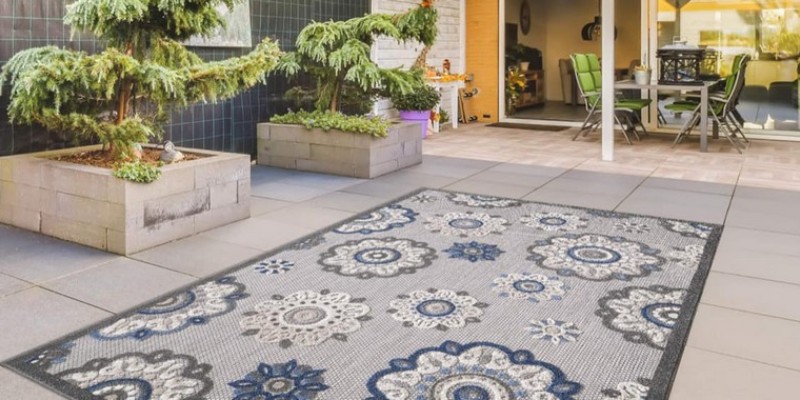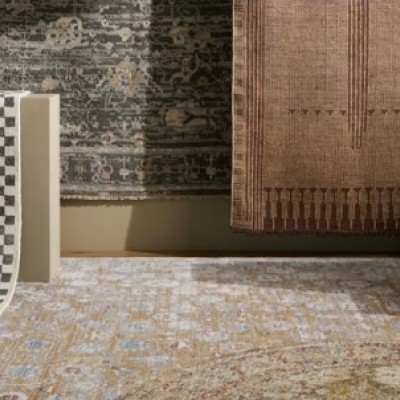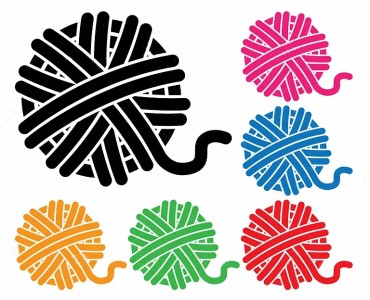
Introduction:
Creating a sustainable and environmentally friendly outdoor space is not limited to just plants and furniture. Eco-friendly outdoor rugs can also contribute significantly to achieving a more sustainable lifestyle. Throughout this guide, we will discuss the advantages of eco-friendly outdoor rugs and provide you with essential guidance on selecting sustainable outdoor rugs. Our team of outdoor rug experts will provide you with valuable advice on materials and production methods so you can enhance your outdoor spaces while minimizing your environmental impact.
1. Understanding the Importance of Eco-Friendly Outdoor Rugs:
Your outdoor spaces are enhanced by the use of versatile outdoor rugs that add aesthetic appeal and comfort to the space. A conventional outdoor rug is often made from synthetic materials that are non-biodegradable and harmful to the environment. In order to make a positive impact on the environment, you should choose eco-friendly outdoor rugs.
The construction of eco-friendly outdoor rugs is based on sustainable materials, including recycled plastics, jute, bamboo, and sisal, or natural fibers like hemp or sisal. As compared to their synthetic counterparts, these materials are renewable, biodegradable, and have a much lower carbon footprint. Eco-friendly options can assist in reducing plastic waste, supporting sustainable agriculture, and promoting ethical manufacturing processes through your choice.

2. Sustainable Materials for Outdoor Rugs
A) Recycled Plastics:
A great alternative to traditional rugs is outdoor rugs made from recycled plastics, such as PET bottles. Recycled materials such as these are transformed into rugs that are durable and weather-resistant and mimic the appearance and texture of natural fibers.
B) Natural Fibers:
Eco-friendly outdoor rugs are made of jute, bamboo, hemp, and sisal. Natural fibers are biodegradable and sustainable, and are often cultivated without the use of harmful pesticides or chemicals. Despite their natural aesthetic, they provide durability and resistance to outdoor elements.
3. Production Methods and Certifications
Selecting eco-friendly outdoor rugs requires consideration of the manufacturing methods and certifications associated with the products. Select rugs manufactured with low-impact or water-based dyes and adhesives since these reduce the emissions of harmful chemicals during production.
Global Organic Textile Standard (GOTS) and OEKO-TEX® Standard 100 certifications ensure the rugs adhere to stringent social and environmental standards and are made from environmentally friendly materials. Moreover, certifications such as Fair Trade and Forest Stewardship Council (FSC) guarantee ethical labor practices and responsible material sourcing.
<
Maintenance and Longevity:
The maintenance of your outdoor rugs will ensure they last as long as possible, minimizing waste and the need for frequent replacements. By regularly cleaning your rugs and protecting them from excess sunlight and moisture, you can ensure that the quality and appearance of the rugs will remain intact.
Eco-friendly outdoor rugs made from natural fibers are easy to compost, ensuring they return to the earth without causing harm. Synthetic rugs made from recycled plastics can often be recycled to become new products, completing the sustainable lifecycle of the rug.
Conclusion:
We at Rugs Town believe that selecting eco-friendly outdoor rugs not only enhance the aesthetics of your outdoor space but also contributes to a more sustainable lifestyle. You minimize your environmental impact and support ethical manufacturing practices by selecting rugs made from recycled materials or natural fibers. In order to ensure a genuinely eco-friendly selection, consider production methods, certifications, and proper maintenance. Turn your outdoor spaces into environmentally friendly havens that reflect your values by embracing these sustainable alternatives.





